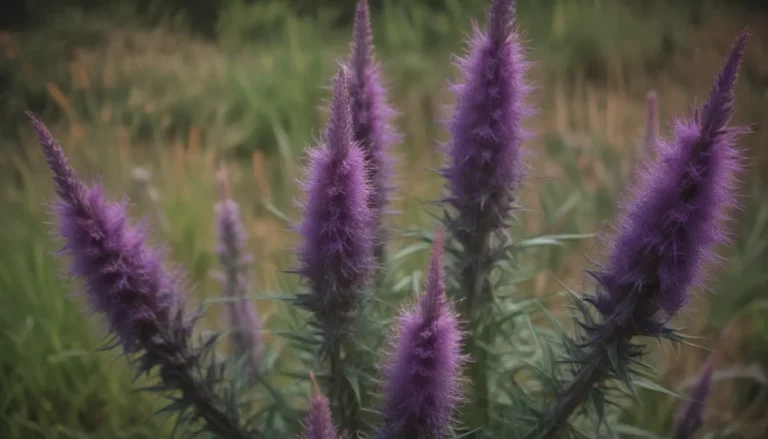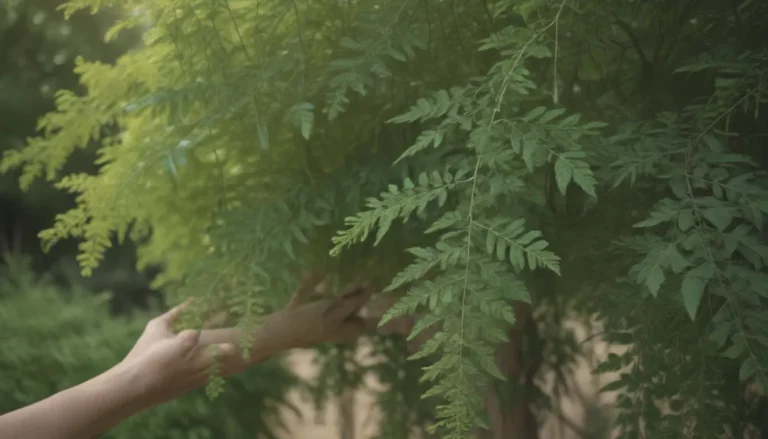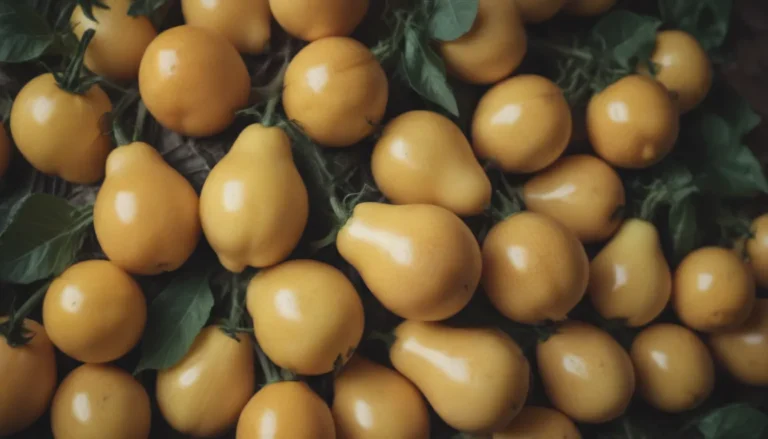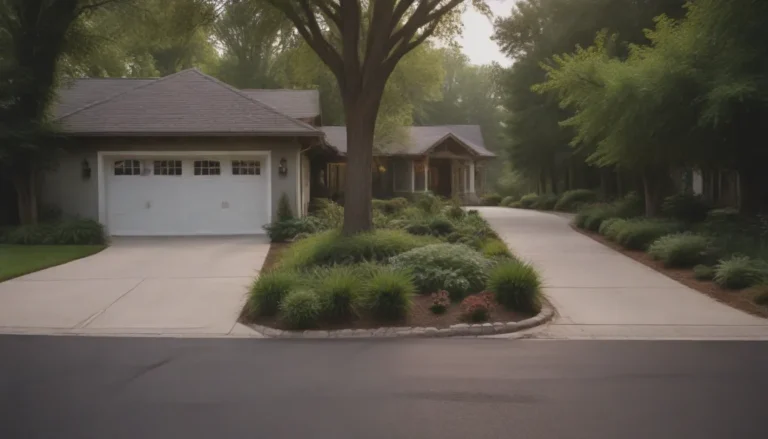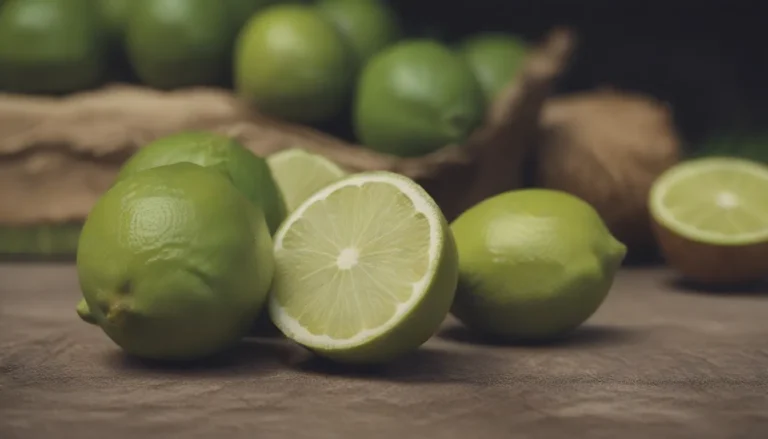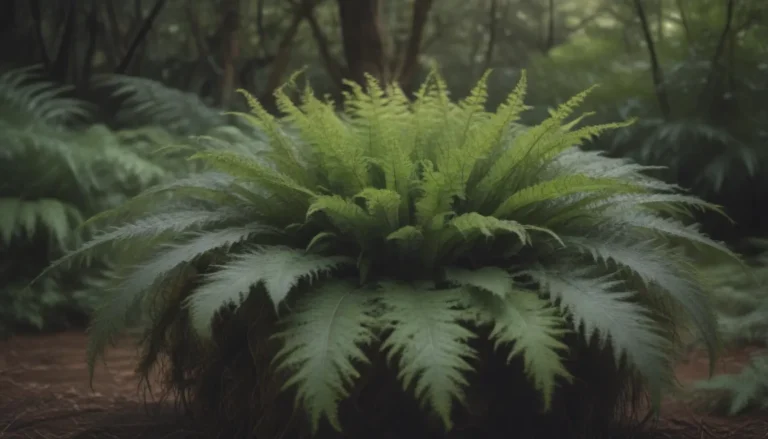The Ultimate Guide to Pine Straw Mulch: Benefits, Uses, and Tips for Your Garden
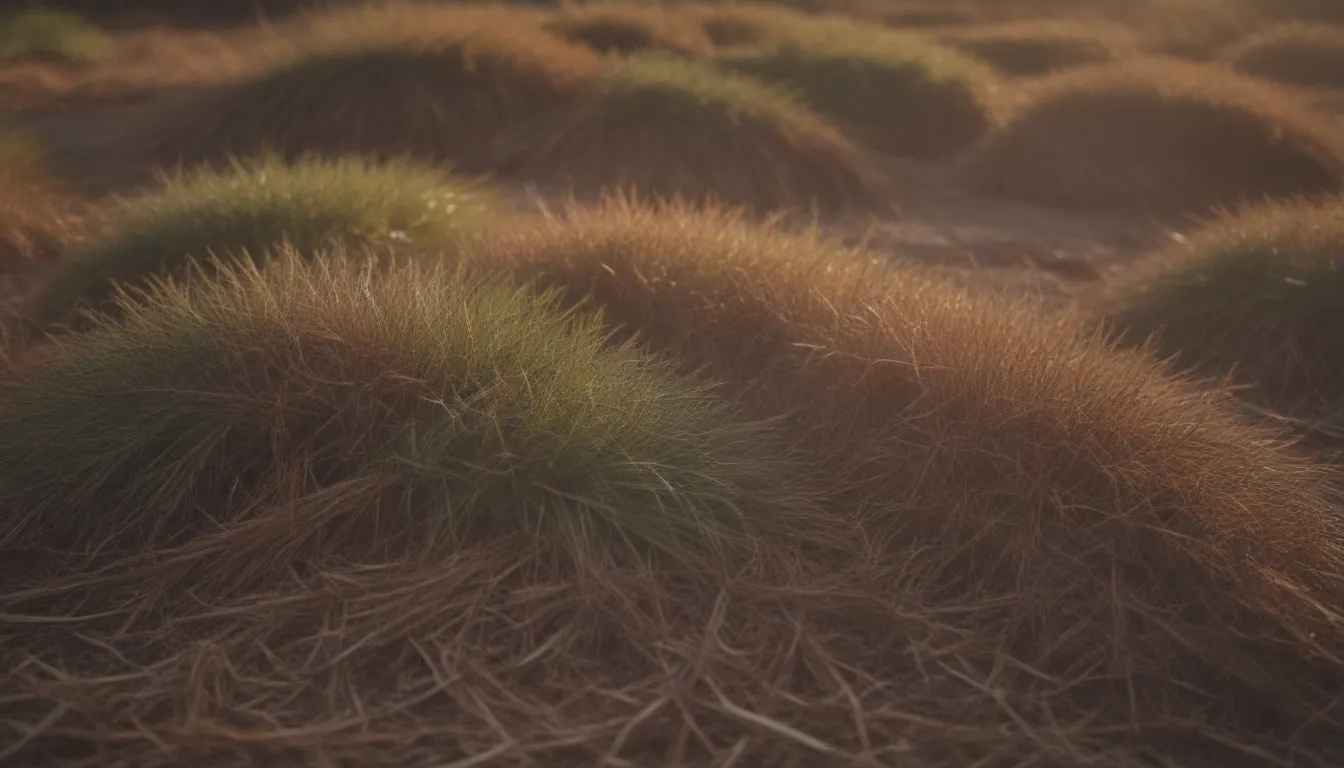
Are you looking for a lightweight yet effective mulch for your garden or landscaping? Look no further than pine straw mulch! In this comprehensive guide, we will explore everything you need to know about pine straw mulch, from what it is to how to use it effectively in your outdoor spaces.
What Is Pine Straw Mulch?
Pine straw mulch is a natural, organic mulch made from dried pine needles. These needles are a byproduct of pine trees and are commonly used in landscaping and gardening as an alternative to other types of mulch. Pine straw mulch is known for its lightweight nature and ability to remain stable and cohesive, making it a popular choice among gardeners and homeowners.
When pine needles dry out, they become pine straw. The needles can vary in length, typically ranging from seven to 10 inches, depending on the type of tree they come from. In some cases, pine straw mulch made from southern longleaf pine trees can be up to 18 inches long. While the needles may break into shorter pieces as they dry, they are still effective as mulch for your outdoor spaces.
Tip
- Pine straw mulch and straw mulch are different. Pine straw mulch is made from pine needles, while straw mulch is made from wheat or oat stems.
6 Benefits of Pine Straw Mulch
Pine straw mulch offers a wide range of benefits that make it an excellent choice for your garden or landscaping needs. Here are six key advantages of using pine straw mulch:
- Dense
- Porous
- Loose
- Attractive
- Stable
- Inexpensive
These benefits contribute to the overall effectiveness of pine straw mulch as a mulching material and make it a valuable addition to any outdoor space.
Pine Straw Mulch vs. Other Mulches
When it comes to mulching materials, there are two main categories: organic and inorganic mulches. Organic mulches, such as pine straw mulch, are derived from living things and provide nutrients to the soil. On the other hand, inorganic mulches, like gravel or shredded rubber, serve to conserve moisture and control soil temperature without adding nutrients to the soil.
Organic Mulches
- Shredded bark mulch
- Wood bark
- Wood chips
- Compost
- Straw
- Leaves
Inorganic Mulches
- Rubber mulch
- Gravel or rocks
Each type of mulch has its advantages and considerations, so it’s essential to choose the right mulch for your specific needs.
Pine Straw Mulch Cost
The cost of pine straw mulch can vary depending on where you purchase it and how much you need. Bundled long-leaf pine straw mulch from home centers typically costs between $0.20 to $0.50 per square foot at a 2- to 3-inch coverage depth. Buying pine straw mulch in bulk may be more cost-effective than purchasing bundled mulch.
In general, mulch costs can range from $30 to $120 per cubic yard, depending on the type of mulch and whether it is delivered and professionally installed.
Tip
- When sourcing pine straw from your yard, be sure to leave some needles around the trees as protective ground cover. Trees need a certain amount of pine needles to maintain their health.
Where to Use Pine Straw Mulch
Pine straw mulch is a versatile mulching material that can be used in various applications, including beds, plantings, and pathways. Its ability to hold together well makes it particularly useful on slopes or banks where other types of mulch might wash or slide away. Consider using pine straw mulch in areas where stability and erosion control are important factors.
How to Apply Pine Straw Mulch
Proper application of pine straw mulch is key to its effectiveness in your garden or landscaping. Follow these steps to ensure you apply pine straw mulch correctly:
Estimate the Mulch Needed
Calculate the amount of pine straw mulch required using an online mulch calculator or by measuring the area and desired thickness. Pine straw mulch should typically be applied two to four inches thick for optimal results.
Example
- If you have a garden bed that is 10 feet by 20 feet, the area is 200 square feet (10 x 20 = 200). Multiply the area by the desired thickness (two inches) to determine you need 34 cubic feet or 17 bags of two cubic foot bags.
Clean the Area
Remove weeds, grass, and other debris from the area where you plan to apply the pine straw mulch using a garden hoe or rake.
Distribute the Mulch
Drop small piles of pine straw mulch around the area and use a shovel or your hands to distribute the mulch evenly.
Spread the Mulch
Spread the pine straw mulch to an equal depth across the area using a pine straw mulch rake or a similar tool. Avoid heaping mulch around tree bases and shrubs, and be mindful of covering up plants.
Tamp the Mulch
Lightly spray the pine straw mulch with water and gently tamp it down using the head of a garden rake or the back of a shovel. Tamping helps prevent the mulch from being blown away by strong winds before it has a chance to settle.
In conclusion, pine straw mulch is a cost-effective, attractive, and beneficial mulching material that can enhance the health and appearance of your garden or landscaping. By understanding its benefits, uses, and proper application techniques, you can make the most of pine straw mulch in your outdoor spaces.
Remember to consider your specific needs and preferences when choosing mulch for your garden, and don’t be afraid to experiment with different types of mulch to find what works best for you. With the right information and approach, you can create a beautiful and thriving outdoor environment using pine straw mulch and other mulching materials.
Whether you’re a seasoned gardener or just starting, pine straw mulch is an excellent option to consider for your outdoor spaces. Its unique properties, cost-effectiveness, and environmental benefits make it a versatile choice for a wide range of landscaping and gardening projects. Try using pine straw mulch in your garden today and experience the difference it can make!
References:
- Garden Mulches Fact Sheet. University of New Hampshire
- Do pine trees and pine needles make soil more acidic? University of New Hampshire Extension
- Adding and Removing Straw Mulch for Strawberries. UMN Extension
- Chalker-Scott Ph.D., Linda. The Myth of Pretty Mulch. Extension Horticulturist and Associate Professor, Puyallup Research and Extension Center, Washington State University
- How Much Does Mulch Delivery and Installation Cost? Angi
- How to Spread Pine Straw Like the Pros. Wilson Bros Gardens
